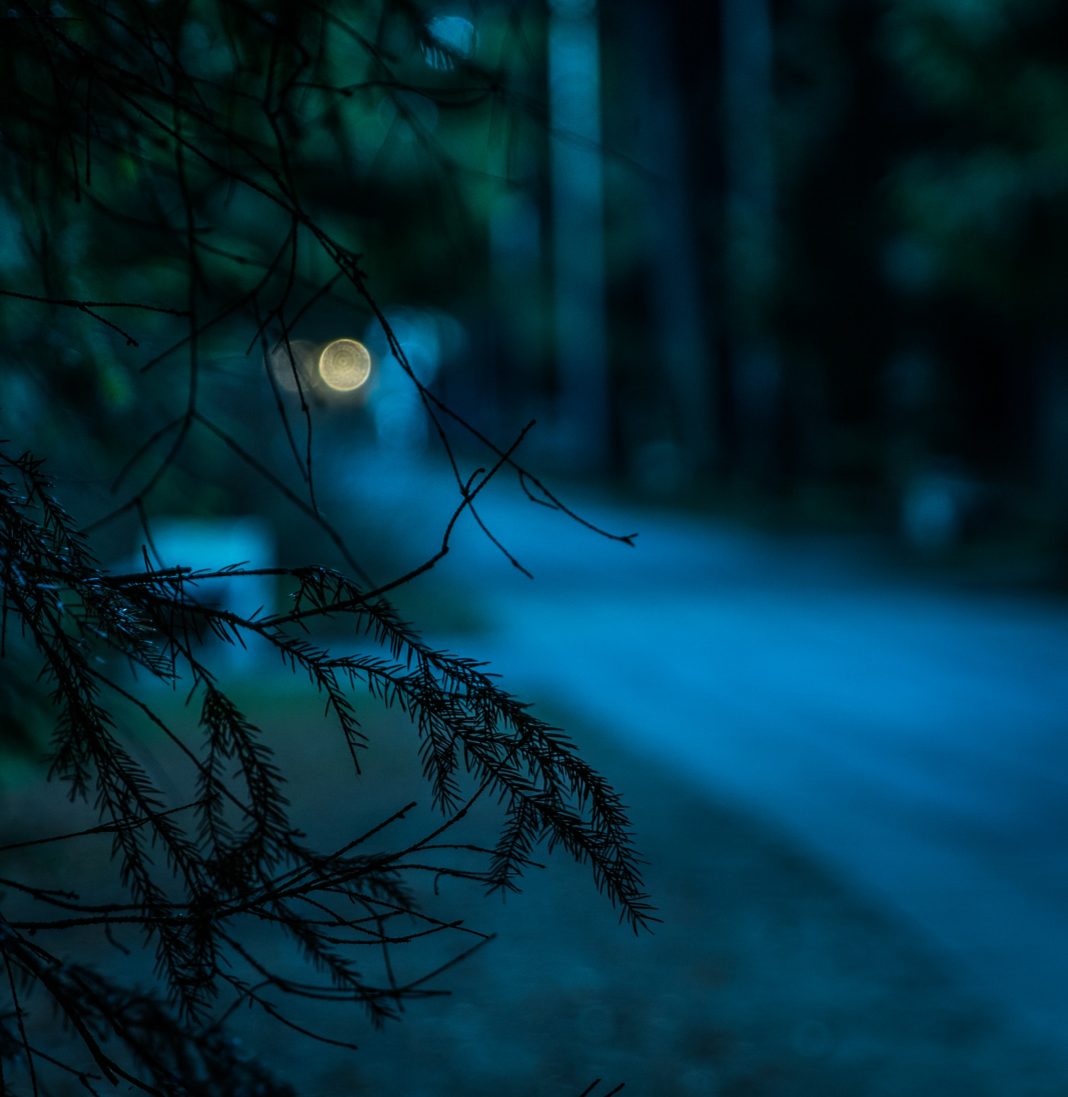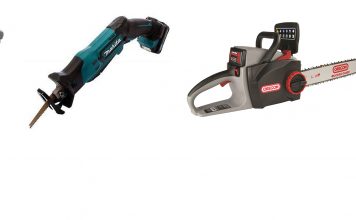 |
|
| Issue #141 • May/June, 2013 |

Solar-powered landscape lights in dark room.
Note different light patterns and brightness.
People own all kinds of household items that can be used to make life easier during an emergency, yet never realize their dual use. During a recent week-long power outage, I knew an older couple who were telling me how hard it had been for them in their all-electric house without power and no way to stay warm, cook, or wash. I knew they owned an RV camper that had battery-powered lights, battery-powered water pump, and a propane stove, furnace, and refrigerator, so I asked why they didn’t stay in their RV. They told me they had never thought of it!
While this may seem like an extreme example, there are all kinds of solar-powered landscape lights that can be used during power outages to illuminate your home, yet most people never think of it. We see solar landscape lighting everywhere these days, and many are priced cheaper than light bulbs.
A quality solar landscape light is an excellent way to illuminate any room of your home during an extended power outage, and since it is being recharged each day by the sun, it is always ready to use in an emergency. By modifying the mounting post to make it easier to pull up and take inside each night during a power outage, you will no longer worry about dead flashlight batteries or a generator with an empty fuel tank next time the power goes out.
While even the lowest cost solar landscape lights I tested still worked fairly well, I found that models having a larger output work better for illuminating the rooms in your home during a power outage. The smallest single LED solar landscape light has a lighting output between 0.8 to 1.2 lumens, which averages 1.0 lumen.

Small-medium-large solar-powered landscape lights showing relative size of lenses and solar cells.
A lumen is a measurement of how much light a given source generates that can be seen by the human eye, with one lumen equal to one “foot-candle.” One foot-candle is the amount of light output measured from a standard candle at a distance of one foot. Solar landscape lights are identified with an output rating as a multiplier of this basic unit. For example, a larger solar-powered landscape light may have an advertised rating of 24X. This just means it puts out 24 times more light than a one-lumen solar landscape light.
While most solar landscape lights now have LED lamps, you still want to make sure they are identified as having “LED” lamps to minimize battery drain and extend lamp life. To keep manufacturing costs low, many of the solar landscape lights I tested were furnished with a lower-capacity rechargeable battery having a typical operating life of about two years. When buying a replacement battery, try to purchase a battery having a higher capacity rating than the original to improve performance.
More expensive solar-powered landscape lights may include a manual switch that lets you adjust the number of hours the light stays on each night, which typically is from six to ten hours. During the winter months, with shorter daylight hours, it is not unusual to have darkness by 5 pm, which means a six-hour setting will turn off by 11 pm. This may not meet your outdoor illumination needs for walkways and driveways, but the higher 10-hour settings could exceed the battery charge if poor weather conditions in your area limit the daytime solar recharging process.
Batteries
Lower-cost, solar-powered landscape lights usually have only one battery, and there does not seem to be a standard battery type, battery voltage, or battery size across brands and models of the solar lights I tested. Just as a car battery capacity is rated in amp-hours, smaller batteries are rated in milliamp-hours (m-Ah) which is the same type of charge capacity rating, but using a scale 1,000 times smaller. For example, a 1,100 m-Ah battery would equal 1.1 amp-hours of charge using the larger scale of measurement.
Many of the larger solar landscape lights are designed to use a single 3.2 volt 800 m-Ah Lithium Iron Phosphate (LiFePO4) battery, while the less expensive units I tested came with a single 1.2 volt 850 m-Ah nickel-cadmium (NiCad) battery. While most solar landscape lights use “AA” size batteries, many of the batteries I found in the larger solar lights were the same length as an “AA” battery, but much larger in diameter so these will not fit in the same battery compartment. Several of the solar lights I tested came with 1.2 volt Nickel-Metal-Hydride (NiMH) battery, so care must be taken when purchasing replacement batteries to buy the correct size, type, and voltage to match your fixture requirements.
I also found that you can purchase a replacement battery having the same exact physical size and voltage as the original, but with double the m-Ah rating for only 20% more in cost. I recommend replacing the lower rated batteries with higher capacity batteries to improve performance. The table on this page shows the different milliamp-hour (m-Ah) ratings of several replacement batteries I tested grouped by battery physical size. This table shows there can be a significant difference in charge capacity for the same physical size battery depending on brand and cost.
If you do decide to replace the original battery in your solar lights with a battery having a higher m-Ah charge capacity, you will need more hours of sun to fully recharge a higher-capacity battery given the same solar conditions since the solar cell size did not change.
If you decide to use your solar-powered landscape lights just for emergencies and plan to store them inside until the next power outage, be sure to remove the batteries after they have been fully recharged. This will avoid the lights trying to turn back on after being packed away.

Solar-powered landscape light batteries come in multiple sizes and voltages.

Comparisons
It’s not easy to compare solar-powered landscape light performance or know which brand and size is best for your dual-purpose emergency lighting needs, as there are so many brands and models to choose from. However, I found the smaller lights priced in the $5 to $10 range will provide enough light to illuminate a hallway, bathroom, or stairs for up to four hours per night, but will not provide enough light to adequately illuminate a kitchen or bedroom. Four hours of battery life per night is also too short for most room lighting needs during a power outage.
I was very pleased with the larger “24X” size solar landscape lights that came packaged two-per-box at a cost of $40, or $20 per light. These came standard with a larger battery and a solar cell that was almost 3-inches square. Each light contained two very bright LED bulbs and a switch allowing you to adjust the number of hours the light stays on each night. While still not equal to the illumination of a standard room ceiling light, during an extended power outage solar landscape lights having a “24X” or higher rating should provide plenty of light to let you easily move around in a living room or prepare meals in a kitchen. They also make a good bedside reading light or task light for crafts.
Make sure the top of the solar light you buy has a large solar cell the larger the better. A large flat top will also help protect the light housing below and keep the lens clear of rain, snow, and dirt. Those solar lights shaped like a tube do not have enough top surface for a large solar cell and will have a limited light output and shorter run time. Look for lights having clear, not frosted, external lenses and interior mirror reflectors; both features help distribute the light out in all directions from the tiny LED lamps. Finally, check the battery milliamp and “X” ratings listed on the package. The higher values will provide longer run time and brighter illumination.
Landscape light supports
You want your solar landscape lights to always be ready for the next power outage, but they will normally remain outside each night illuminating your walks or driveways. During a power outage you want to make it easy to move them indoors each night and then back outside each morning. Since most solar landscape lights are supplied with some type of long tube support having a pointed end to drive into the ground, I cut an 18-inch long piece of 1-inch PVC pipe to enclose this support tube.

Homemade solar-powered landscape light base made from scrap lumber.
I drove this PVC pipe into the ground at the same location of each solar landscape light, leaving approximately 12 inches above ground. I then removed the point from the end of the support tube and inserted this tube into the PVC pipe. You may be able to use a¾-inch size PVC pipe for smaller solar landscape lights. I then made a separate wooden base which included a 6-inch-long section of the same size PVC pipe pressed into a drilled hole sized for a very tight fit, resulting in a great lamp base. Make sure you do not drill all the way through the bottom board as you want a smooth flat bottom. The base was made from a short piece of 2×6 wood block glued to the top of a 2×10 wood block. Both boards are 15/8-inch thick, so the resulting lamp base will be 3¼-inch high with 3 inches of PVC pipe sticking out of the top and 3 inches of pipe extending down inside the base. I sanded, then painted the base with a “stone” colored spray paint. You can glue a piece of felt to the bottom to protect table tops.
During a power outage you should have one lamp base in each bedroom, bath, stairwell, kitchen, and family room, then before dark you would bring in the solar landscape lights and insert them into these wooden bases. Match solar light size with room illumination requirements if you purchased several sizes. Since these solar landscape lights are inserted in PVC pipe and not driven into the ground, their tube posts will not be covered with dirt and will be easy to pull out. Each morning move all solar landscape lights back outside to recharge their batteries and get ready to use again if the power is still out.
Final thoughts
Be sure to locate your solar-powered landscape lights where they will receive plenty of sun each day. Avoid placing them near large shade trees or under shrubbery since any shade blocking the sun will significantly reduce their operating hours. A good indication is to check for shading from three hours before noon to three hours after noon on a sunny day. If not shaded during these hours you can expect good overall performance.
Like everything else, you get what you pay for, so if you want your solar landscape lights to also serve as emergency lighting during a power outage, be sure to purchase the larger and higher-quality lights and keep extra high-capacity rechargeable batteries on hand. Since the solar cells and LED lamps will never need replacement, the rechargeable batteries are the only spare parts you will ever need.
[weaver_widget_area id=’articles_about_yago’ class=’text3′]















A much simpler solution is LUCI lights. They come in various sizes and last many years. I just leave one on a windowsill constantly charging in case ever needed. They also collapse and could easily be carried in a protective box for backpacking.
Try solar Christmas tree lights, strung across the ceiling, for a greenhouse, shed, latrine or other outbuilding.
I have not found solar radio/flashlight combinations that do not require batteries to work very well, but they are another option.
There are also many other types of solar powered lighting systems that are available and cost under $20. I have two different types. One is a typical looking motion sensor light with two light bulbs that have about 10 cree led lights in each bulb and are movable in direction, left, right, up and down. They have a small solar panel that is separate from the light itself with a 15 foot long cord with a plug on the end that plugs into the lights housing. It also has a motion sensor that turns the unit on and off like any typical motion sensing light system. The second is a unit that is about 15″ long and 4″ tall and has about 80 cree leds. They are arranged on the face and on the 30° angled sides. The sides have about 30 cree leds in each of them. The unit has a solar panel on the top of the unit measuring 3″ X 15″. It also has a motion sensor that turns the unit on and off. Both of these units produce an extreme amount of light for their size. Measuring in the hundreds of lumens to a thousand lumens, per unit. These units are very affordable costing under $20 each. They are available online and in the budk magazine.These units produce much more light than the path lights mentioned in the article. Check around for items like these there are so many items available for use as landscape lighting and then can be used for emergency purposes. Think outside of the box when it comes to solar powered lights. There are many items available that are solar charged or hand cranked to charge the battery inside the unit. There are also many portable power devices ment to charge a phone or other USB device that have a solar panel that recharges the battery pack for use later on and will recharge your phone or power a USB powered led light bulb ment for camping or emergencies they look like a standard light bulb but made of plastic and have a cord on them that plugs into a usb port. They cost only a few dollars and really brighten up a dark room while only using minimal amounts of power, from a portable battery pack.